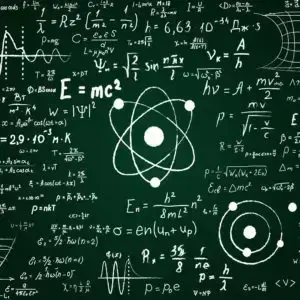Engineers at NASA say they have successfully revived thrusters aboard Voyager 1, the farthest spacecraft from our planet, in the nick of time before a planned communications blackout.
A side effect of upgrades to an Earth-based antenna that sends commands to Voyager 1 and its twin, Voyager 2, the communications pause could have occurred when the probe faced a critical issue — thruster failure — leaving the space agency without a way to save the historic mission. The new fix to the vehicle’s original roll thrusters, out of action since 2004, could help keep the veteran spacecraft operating until it’s able to contact home again next year.
Voyager 1, launched in September 1977, uses more than one set of thrusters to function properly. Primary thrusters carefully orient the spacecraft so it can keep its antenna pointed at Earth. This ensures that the probe can send back data it collects from its unique perspective 15.5 billion miles (25 billion kilometers) away in interstellar space, as well as receive commands sent by the Voyager team.


To piggy back off your thoughts, why don’t we send another probe to act as a relay between voyager and earth?
The thing is, now we have one
1-23.7 meter sized antenna on the voyager probes and a 100 meter sized antenna on earth with high transmission power. Signal decays with distance squared. To get the same signal power to the voyager probe assuming an relay in the middle, it would need an 25 meter antenna with the large transmitter/receiver currently on earth on space.In short it’s easier to build a 4 times better transmission system on earth than in an relay in space.
One point where relays are used are mars rovers. There the orbiter has an large antenna and is close to the rover, so you don’t need to land the large antenna at the surface.
Edit: fixed antenna diameter
yeah!
Voyager 3?